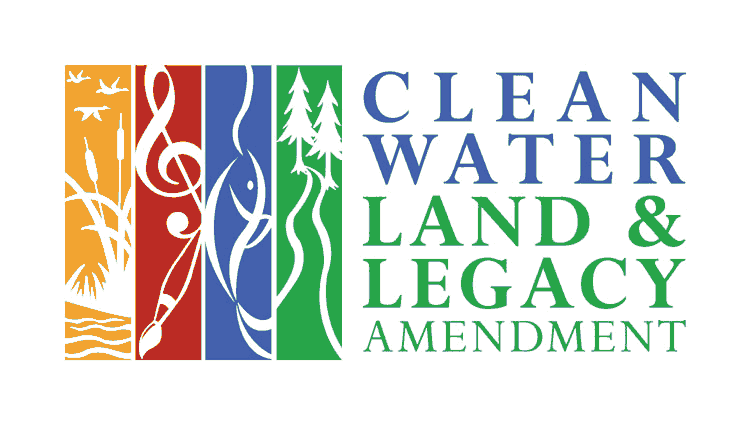Rochester confronts its segregated housing history, Mayo founders' role

Don Barlow is a pastor at Rochester Community Baptist Church on Rochester’s southeast side.
Ken Klotzbach for MPR News
Go Deeper.
Create an account or log in to save stories.
Like this?
Thanks for liking this story! We have added it to a list of your favorite stories.



